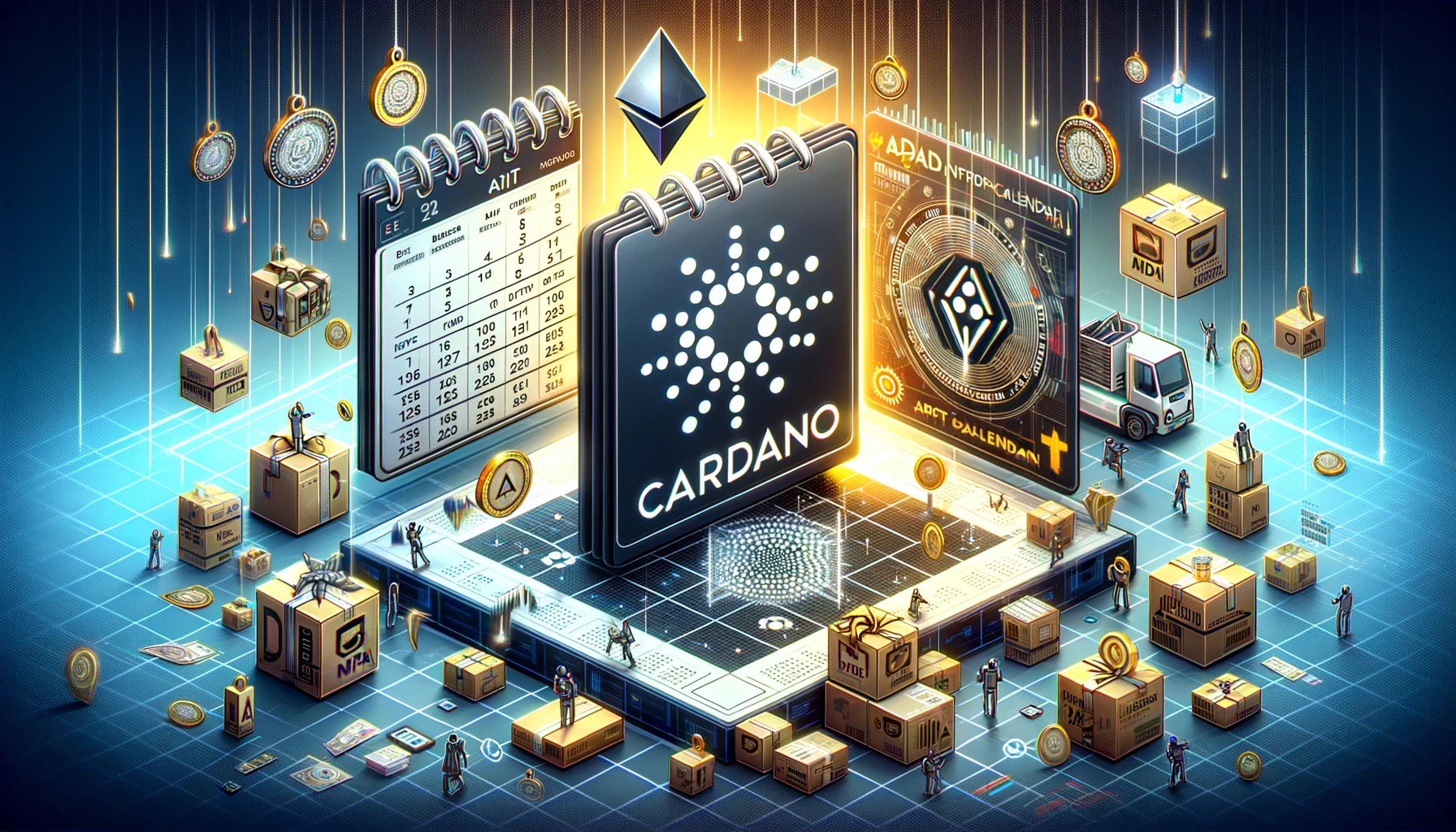Evaluating the Potential of Curio Cards Using Sales Volume and Market Cap Analysis
August 8, 2021 - 8 min read
This article uses sales volume, market cap, assets per owner and other variables to determine the potential of Curio Card NFT growth.

Disclaimer: I own 1 Apple card from this project. Please remember that I am just one person on the internet with an opinion. Don’t blindly buy what I buy. I had $3,000 to spend (and not a penny more) two weeks ago, and Curio Cards was the NFT project I chose to buy into given what I could afford.
I’ve seen this collection reach nearly $40,000 at peak and chose to hold onto my cards (that would be life-changing money for me, given that on September 13th I lose my job because my company will no longer allow remote employees on that date).
This isn’t a “buy because I said to” article. This is simply meant to show you my thought process when evaluating NFT projects in a personal high-stakes situation in hopes that I help you think for yourself.
Key NFT Stats Used In This Analysis
According to Nonfungible.com, there have been 50,690 active wallets in the past 30 days. Wallets indicate active buyers and sellers of NFTs.
The total market cap for NFTs is projected to be $7.5 billion— refer to my previous article for how I determined that. Please note, this is not a professional analysis, it’s based on documented 6-month market cap combined with July NFT sales.
The average wallet spent at least $21,000 in the month of July
There are 3,000+ NFT projects on OpenSea and it’s growing every day
There was $1.2 billion in NFT sales in July 2021
20% of Projects will likley account for 80% of the NFT Marketplace — this is purely based on the Pareto Principle, although 20% of the top 10 NFT projects account for 49% of sales volume (and growing)
Why I Bought Curio Cards
This section is brief, as it isn’t the focus of this article, but it’s still important.
At the core of my decision was the fact that Curio Cards pre-dates CryptoPunks, the current NFT market leader:
Source: Twitter
I listened to a podcast Adam McBride hosted with one of the Curio Cards founders that covered the history of the project and I was sold. I joined the Discord and realized there was a strong foundation of active believers, and so I bought it because I could afford to lose it all if it came to that.
Evaluating Curio Cards Using Sales Volume and Market Cap
As I’ve previously written about, CrytpoPunks accounts for about a quarter of the entire NFT market-cap at $2.5 billion.
It would be impractical to assume Curio Cards would reach an equal share of sales volumes (though there are some who disagree with me on this), but I personally find it useful to evaluate the top of the market when determining the potential of an alternative asset:
The current floor for a CryptoPunk is 46.98 ETH.
The floor price for Curio Cards is 0.4 ETH and it has a market cap (in this example, total sales volume) of 2.25% of CryptoPunks.
Again, I like to be practical about how I purchase NFTs, but 2.25% seemed awfully small to me for a project that pre-dates Punks.
Some of that discrepancy is due to the fact that Curio Cards have a higher population. You can get all that data here but there are 14,900 assets on OpenSea for Curio Cards vs. 10,000 assets for CryptoPunks.
It’s also important to factor in that Punks are avatars, they are each 1/1 and have become an exclusive identity for those who hold them. They are very culturally relevant and are a symbol of status for those who own them.
It’s impossible to put weights on those traits, but at 2.25% of the volume, Curio Cards felt safe to hold onto and ride out.
It was also a turning point for me when Curio Card #26 sold for 125 ETH ($348.223.75):

Source: Twitter
Card 26 has an active supply of 111 but validated to me that buyers will spend significant money on non-avatar projects that have historical relevance.
Another copy of this card is currently listed for 100 ETH ($312,482 as of August 8th 12:57 a.m.) and while it feels like a dip, the floor for this card signals that this set is in fact important in the history of NFTs.
The Latest Trends
At the time of this writing, Curio Cards are currently ranked 28th in total sales volume of all-time. It’s currently 7th ranked in the previous 7 days of sales volume.
For me personally (this doesn’t mean you need to agree) I like that it’s a top-30 project because it’s established but has room to grow relative to other projects. It’s my own personal balance of risk/reward.
Over the last 7 days, 3,282 Curio Cards have been sold at an average price of $3,905 for a total trading volume of $12,820,000.
The # of sales is 22% of active supply on OpenSea (this becomes important later on in the analysis).
In the same time frame, 1,023 CryptoPunks have been sold at an average price of $156,600 for a total trading volume of $160,240,000.
All-time, Curio Cards have sold 2% of the volume of CryptoPunks, but in the last 7 days, Curio Cards sold 8% of the volume of CryptoPunks.
In the past 7 days, Curio Cards have had positive momentum, moving into the top 10 of sales volume, and sold at 8% of the volume of the leading NFT project.
There are only 5 out of 30 cards (remember each card has multiple copies) still available below 1 ETH floor:

Source: Opensea.io
It will be interesting to monitor sales volume in the next 7 days, so I put together a table of projections. Remember, these are projections, and they could easily go the other way (especially after a big week for Curio Cards).
This table looks at Curio Card projections based on the incremental growth of the last 7-day sales volume of CryptoPunks:

Source: OpenSea.io for data, Start With NFTs for Table
I used 8% of CryptoPunks volume as a baseline because that’s what the last 7 days of data showed us. Given that it was a big week for Curio Cards, it wouldn’t be surprising if volume slowed down.
However, this helps me see the potential of the project rationally — I maxed out at 24% volume, which would mean each Curio Card would see a 4x increase in value (for rarer cards it may be higher, for less rare cards it may be lower). This also assumes the # of cards sold is fixed at 22%. As I mentioned, this is important. If 50% of cards change hands, the average price would be reduced by half.
I don’t have a crystal ball, please remember these are projections I use to help me think about a project.
Analyzing Assets per Owner
When comparing Curio Cards to other top projects, it stood out to me that it has nearly double the average assets per owner compared to top projects with a similar volume of assets:

Source: Opensea.io + Start With NFTs
This is something you should look for in other projects. If there is a high ratio of owners to assets, it does mean supply may react quickly to demand and drive prices back down.
In the past 7 days, 22% of the Curio Cards population changed hands. That still means 78% of the population of these cards were likely bought at low prices and would react very quickly to price increases.
When someone buys a card for .9 ETH and it goes to 11.75 ETH (like the Apple did) it’s hard for them not to sell, even if they’re bullish on the project. That person may also have multiple copies of the card affording them the chance to mitigate risk and still profit.
This is why we are seeing up and down cycles for Curio Cards — if more cards change hands and the number of owners go up, it would likely make supply less reactionary to new demand.
It is important to monitor this for any project. If one or multiple people hold a large supply of a project, they can flood the market.
The bet that I’m personally making is that over time, more cards change hands and people who bought at higher prices and have just 1 copy will be more reluctant to sell. As long as there is demand, this would raise values on Curio Cards.
What does the moon look like for Curio Cards?
I always advise practical optimism and have already written about why it’s a bad idea to base your buys on achieving the same market cap for top projects.
The first few numbers (in my opinion) are more realistic than equal market share to CryptoPunks, but this is illustrative.
The table below shows the projected average price per Curio Card asset (it’s at 20,000 in case some inactive wallets wake up) at a % of the $2.5 billion Cryptopunks market cap from 5% to 100%:

Source: OpenSea, NFT-stats.com, Start With NFTs
The average price per asset over the last 7 days was $3,930 and trading volume was around $12 million.
At 5% total volume of all-time CryptoPunks, this would require 10x that amount of capital, or $125,000,000.
If Curio cards maintained its weekly volume of $12 million, it would take roughly 10 1/2 weeks to reach $125,000,000 in new capital.
Other projects, like Meebits, have seen $35,070,000 in sales volume in the past 7 days, so it’s not unreasonable to think Curio Cards could maintain this.
Thanks so much for reading. Please remember, there are a lot of “ifs” in this article and you should be practically optimistic with your projects.
Newsletter
Enter your email address below to subscribe to my newsletter
latest posts





